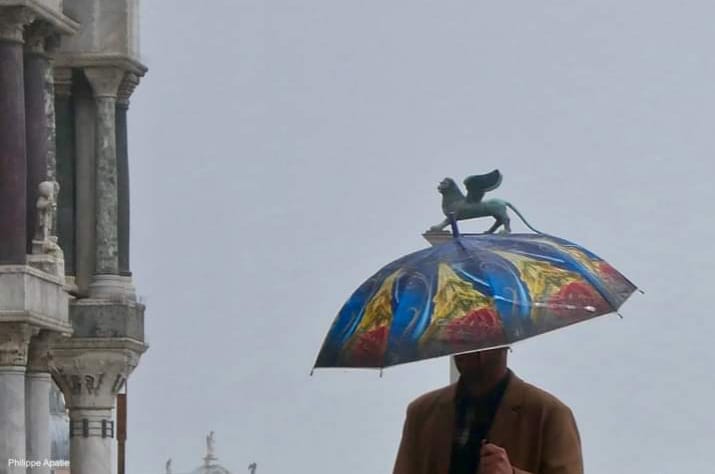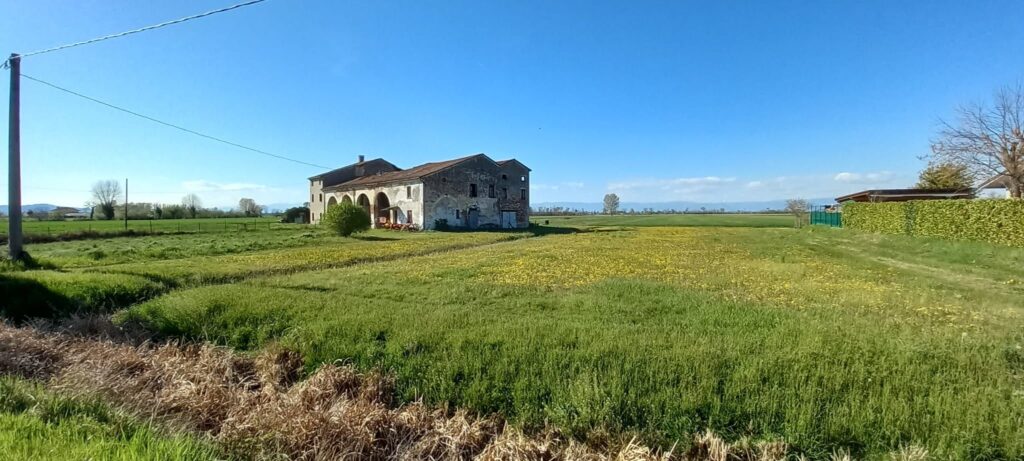“The landscape along the footprints of the Lion of Venice” by Lucia Ammendolia is the third article in Quaderno 16 “Human landscapes, urban landscapes” available from this link in July
The first reaction we have when thinking of the word landscape, or panorama which is its amplified extension, is something external to us, a postcard view, something abstract, which we can only grasp through a single sense, the view. Instead, it is something much more complex. Let’s think, for example, of the “soundscape”, given by the set of acoustic elements that compose it, like the sound of the bells in an old village or the cicadas in a mountain meadow. The place, in addition to the physiocratic aspect, also expresses its identity through the sounds of the environment.
“Il paesaggio era come un verso di poesia che crea sé stesso” (The landscape was like a line of poetry creating itself) (Corrado Alvaro)
The term LANDSCAPE derives from country, from the Latin pagus (= village); hence the adjective pagensis which means “the space around an agricultural village”.
This concept stands out even more in the term landscape. According to one of the fathers of the “Convention of the landscape”, the French geographer Yves Luginbuhl, this term is composed of land (earth) and schaft (to transform, model) therefore spaces of territories in continuous construction and consequent interaction between human being and nature. All this highlights the natural correlation between the territory and its anthropic part. Within the landscape, human being is not a mere observer but, quoting Jacob, he/she is an “active inhabitant”.
There are different ways of relating to the landscape, every people define and shape the context through their own experiences, lived in relation to it. This concept is summed up in a single word that we usually use: culture. Its etymology derives from the Latin “cultura” which means to cultivate, to honor the earth, from which lessons are learned. Landscape is a complex cultural process.
Continue reading The landscape along the footprints of the Lion of Venice here
Thanks to il prato publishing house

